Montana Heritage Apple Identification Key
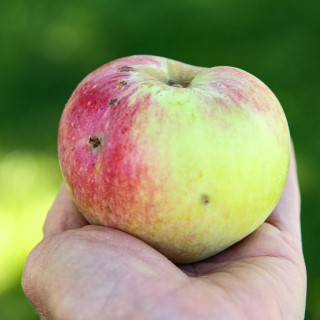
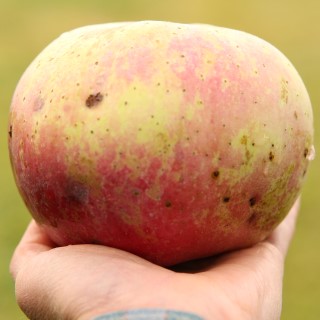


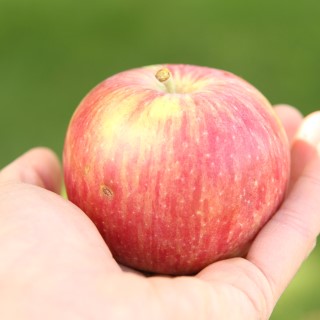

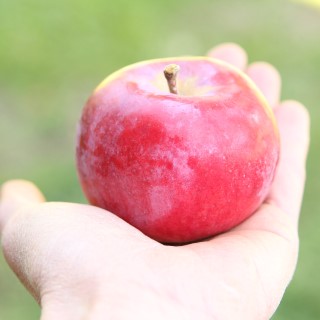
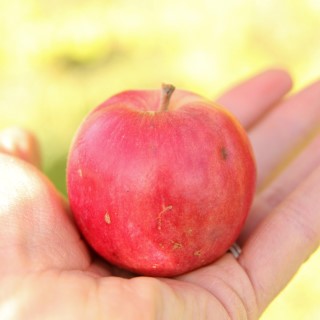

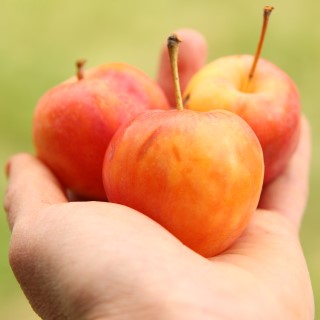

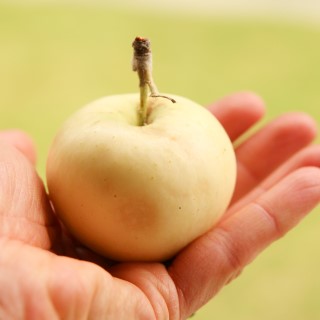
Criteria for Apple Identification
Now that you have determined your apple sample is likely a heritage cultivar you can begin using this key to find a possible match. Apples are organized by color as the primary identification factor, followed by size, shape and harvest time. Begin by using the links below to use these characteristics to narrow your search.
Color
Use general color, ground color and over color to discover the cultivar of your sample. Many apples have similar coloring so size, shape and harvest will help narrow the search.
Size
Use the size of the apple cut equatorially to identify possible cultivars your apple might be.
Shape
Consider the shape of your apple from both a profile and plan perspective to eliminate other possible apples after color and size have been determined.
Harvest
If you know the approximate harvest time of the apple (when it is ready to pick), you can use this characteristic to eliminate additional possibilities.
List of all apples included in this key
Scan photos of all the apples included in this guide to find a match or explore other possibilities.
More unique and difficult to distinguish characteristics involving the calyx, carpels, cavity and stem are referenced in the apple’s description, however, several sites allowing users to key out these characteristics are available including fruitid.com and applename.com. The former also includes a helpful glossary of terms and photos for explaining some of the terminology used in this key. This information can be found at https://www.fruitid.com/#identification/1. John Bunker's Apples and the Art of Detection also contains a helpful chapter on using this terminology to identify apples.
Additional Apples
While DNA sampling helps narrow the possibilities, historical records mention over 100 cultivars planted in Montana between 1865 to 1913. If an apple does not match the top apples featured in this key, this database of heritage cultivars planted in Montana can be searched by color using the methods in this key, date of introduction, and where the tree was planted according to historical records. Resources like fruitid.com, pomiferous.com, applename.com and the Illustrated History of Apples in the United States and Canada can then be used to further identify the fruit.

